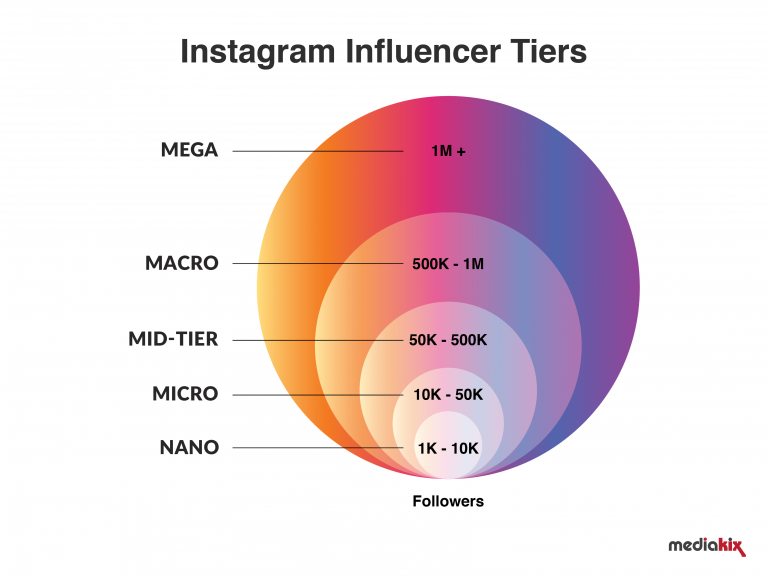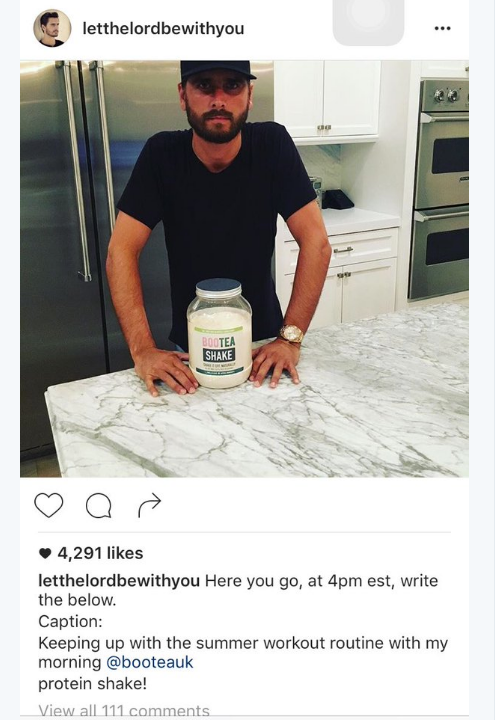Micro-influencers: 3 Reasons You Should Use Them
- Diana Sparacio

- Feb 28, 2022
- 3 min read
Updated: Dec 15, 2025
Did you know that 49% of consumers depend on influencer recommendations for insight when making a purchase? I know that may sound like an exaggerated number, but think about it. Have you ever purchased a product after seeing it in a Youtube video, Instagram post, or TikTok? If so, you’ve most likely played a part in influencer marketing without even realizing it.

What’s a micro-influencer?
A micro-influencer is an individual who has the ability to impact and influence a prospective buyer, but on a smaller scale than a full blown influencer might. The micro- prefix is added for folks with a follower count ranging from 10,000 to 50,000 (MediaKix); this is typically the type of account in which the influencer is focused on a specific niche, which is what makes them stand out from other influencers with broader, but less specific appeal.
To get a better understanding of the different types of influencer sizes there are, check out this illustration from Media Kix:

As you can see, there are various levels of influencers based on their follower count. Of the different tiers of influencers, your business may especially benefit from partnership with a micro-influencer because they represent a particularly unique and efficient return on investment.
Why do you need a micro-influencer?
Here’s three reasons you should consider using a micro-influencer:
Micro-influencers tend to have higher engagement rates and are in large supply
Micro-influencers generally target niche audiences
Micro-influencers are often perceived as more authentic
Micro-influencers have higher engagement rates and are in large supply
You may be surprised to hear that micro-influencers actually have a higher average engagement rate than mega-influencers. In fact, Micro-influencers on Instagram boast an average engagement rate of 3.86% compared to mega-influencers who have an average engagement rate of 1.21% (Influencer Marketing Hub). Many mega-influencers with millions of followers simply aren’t able to maintain the intimate relationships with their followers like a micro-influencer can. Another great thing about micro-influencers, besides their engagement rate, is that there are plenty of them in supply. The number of followers is simply easier to attain than those reached by mega-level counterparts. It’s just true that there are more social media accounts available to partner with in that range.
Micro-influencers target niche audiences
Micro-influencers are great for targeting niche audiences. People often follow them for their leadership on a particular topic, allowing them to accumulate a targeted and specific fanbase - a perfect audience for information about relevant products. Their followers already go to them for trustworthy advice, reviews, and recommendations because they’ve earned that authority with consistent, high quality output. More often than not, I find myself buying products because an influencer I respect swears by them. In one of my past blog posts, Beginners guide to TikTok, I described the platform's power of consumer influence. I specifically mentioned how Emily Mariko convinced me to buy Kewpie mayo when her salmon rice recipe went viral. At the time, Emily Mariko was a great example of a micro-influencer in action. Her “micro-” moment has passed, though. The success of that viral video has landed her far more acclaim, followers, and a new span of influence with a sponsorship price tag (we hope) to go with it.
Micro-influencers are perceived as authentic
Authenticity is key when it comes to successfully executing an influencer marketing strategy. The product, the influencer’s area of expertise, and the positioning of the sponsored content within their ordinary feed and style has to be relatively seamless for their followers to trust the message. One of the worst things a marketer can do is partner with an influencer who isn’t the right match for the brand collaboration. The followers can easily spot sponsored content or an endorsement when they see one, and are ready to skip past content that doesn’t pass the “vibe check” as they say. For instance, Scott Disick - TV personality best known for his connection with the Kardashian family - was under fire for his influencer fail. Take a look at the image below and let me know if you see anything funny.

If you haven’t found the error yet, check out the caption. “Here you go, at 4pm est, write the below”. It seems whoever was in charge of putting this post together was in a rush. Although this blunder was quickly deleted, it did not go unnoticed - many managed to sneak a screenshot. The screenshots have been so popular, there's even speculation by some that the whole thing was a publicity stunt from the start. Whether an earnest mistake or a staged one, it certainly serves as a reminder about why authenticity is important as an influencer.
If you’re interested in learning how micro-influencers could fit into your marketing strategy, drop us a line - we’d love to hear from you.
Sources:
https://digitalmarketinginstitute.com/blog/20-influencer-marketing-statistics-that-will-surprise-you



